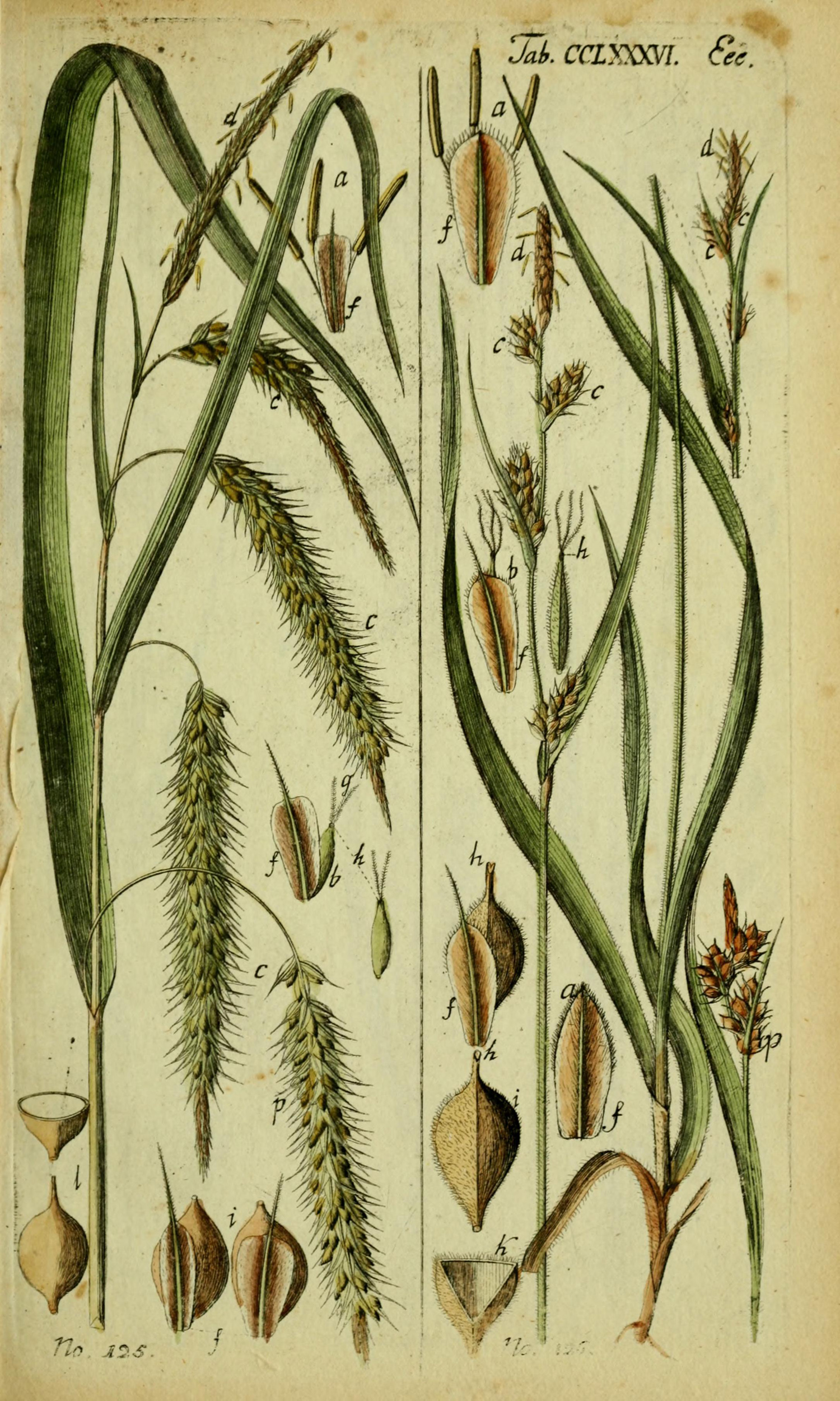QUICK LOOK
They look similar to grasses, but sedges reside in the Cyperaceae family and are not true grasses. In the trade, most of the plants we call sedges are in the genus Carex. It’s marked by its diversity in color, texture, and cultural adaptation. To see a side-by-side comparison of the Carex we offer, download our Carex Comparison Chart.
Most of the Carex we grow fit into three distinct groups. Sedges from Asia are well adapted to shade and are often variegated. Their vibrancy adds brightness and depth to shady spots, and almost all are suited to container plantings. Many are evergreen in mild climates. Although most sedges are not grown for their flowering, blooms on Asian species are often more prominent than their relatives from other parts of the world.
The sedges from New Zealand can take more sun and add zest wherever planted. The deep red-bronze foliage of C. buchananii 'Red Rooster' stands out against the green backdrop of other plants' foliage. New Zealand also brings us the intriguing orange-tipped foliage of Carex testacea ‘Prairie Fire’.
North American sedges have stepped into the spotlight for many reasons. They're a smart choice as a living mulch or alternative to the traditional lawn, especially in shady locations. They're important component of restoration projects, naturalizing, and green infrastructure features, such as bioretention and bioswales. Native sedges are a diverse group and there is bound to be one that fits almost any set of cultural conditions you have.
For a look at the ways sedges fit your growing program or landscape project, start with our Sedges Make Sense blog series.




